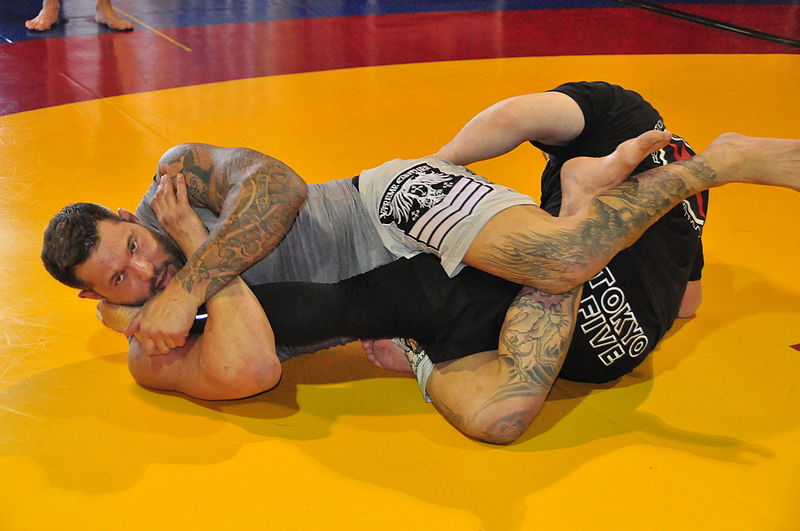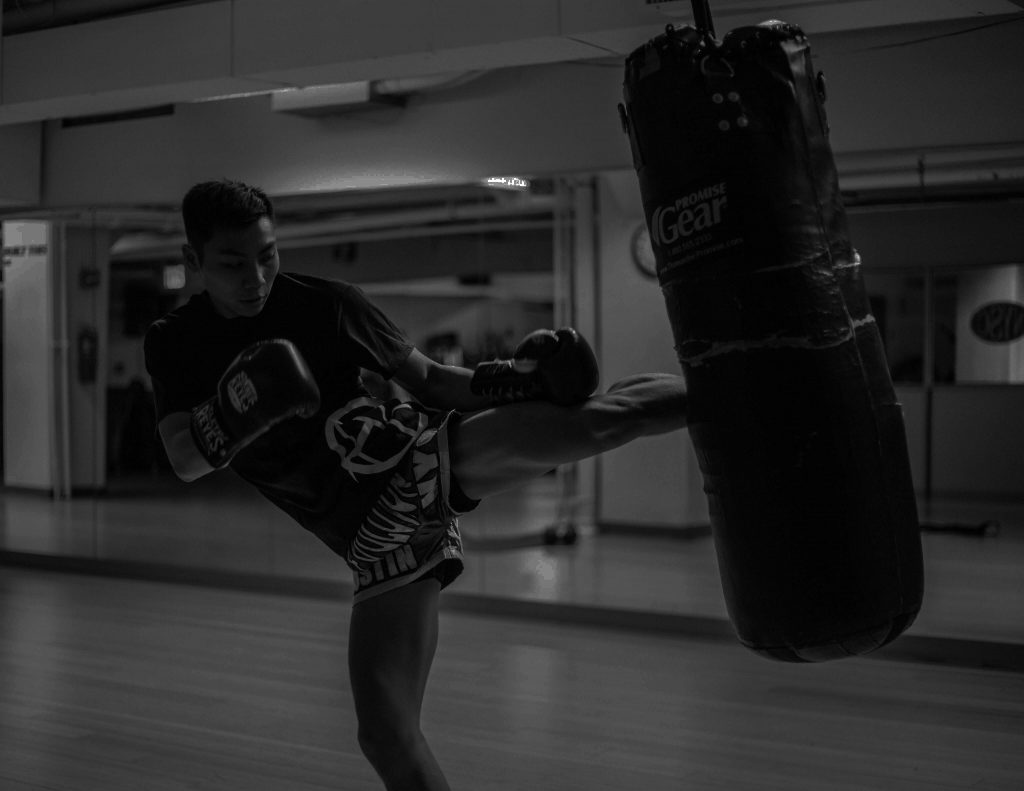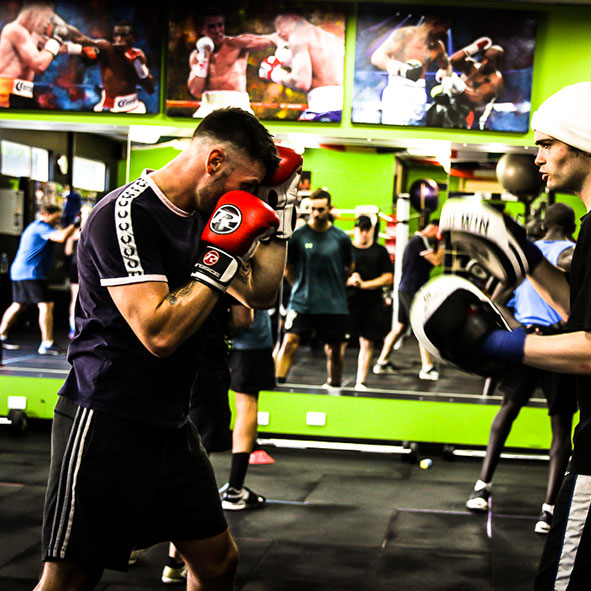ACL injuries are one of the most common injuries in sports. They usually happen during a sudden change of direction and occur when the knee travels beyond its normal range of motion. An ACL tear can be very painful, but it can also be easy to treat if you get medical attention right away.
Here’s what you should know about torn ACLs:
What is an ACL?
The anterior cruciate ligament is one of the major ligaments in the knee joint. The ACL, as it’s commonly known, is responsible for stabilizing the knee joint and preventing excessive forward movement.
It’s important to note that not all ligaments are fully formed at birth, which means that some people will develop an ACL tear later in life as they age.
The complex structure and function of this ligament make it vulnerable to injury from a variety of sports and activities — not just mixed martial arts (MMA).


How do you injure your ACL?
- It’s important to know the many ways you can injure your ACL.
- A sudden change in direction
- A blow to the knee
- A twist
- When the leg is extended
- When the foot is planted, and you pivot on your leg (like when you are walking) or push off with your foot (like when running)
This action puts stress on both ligaments that hold together the bones in your knee joint: The anterior cruciate ligament, which runs along the front of your thigh bone and connects it to one of two bones in your bottom leg; and medial collateral ligament (MCL), which runs along each side of that same thigh bone. Both these ligaments help keep movement stable in those two joints. If they are torn or damaged by trauma—such as a fall—it may result in pain when moving around or playing sports. Torn ACLs are a very common injury in sports of all kinds, not just martial arts.
What are the symptoms of an ACL injury?
Symptoms of an ACL injury include:
- Pain in the knee joint
- Swelling of the knee joint
- Instability of the leg (the injured leg feels loose or unstable)
- Weakness when walking, running, or jumping; giving way while exercising; not being able to walk comfortably due to pain and instability; locking, catching, or grinding of the knee joint that can be felt during movement. You may hear a popping sound at the time of injury.
Some people with ACL injuries have no symptoms other than weakness in their injured leg.


How do you treat an ACL injury?
With surgery, doctors use an arthroscope to examine the knee and make sure there isn’t any cartilage damage. Then they remove all or part of the torn ACL and replace it with a tendon from another part of your leg. The procedure can take between 90 minutes and 4 hours depending on how much damage was done to the ligament.
There are several ways you can treat an ACL injury without surgery:
- Physical therapy – if you don’t want your knee joint replaced with a synthetic material such as a patellar tendon graft, physical therapy might be right for you.
- Rehabbing from an ACL injury – rehabbing after an ACL surgery usually takes 6 months or more; however, some people can resume activity within three months with good results (for example: walking).
- Knee braces are worn around the thigh and knee joint to provide support, compression, and warmth. They can help reduce pain while providing stability during activity. The best way to treat an ACL injury without surgery is by using a knee brace alongside basic rehabilitation.
If you want to be an MMA fighter, you need to get your body in shape, and there’s no reason you can’t do that, even with a torn ACL.
If you want to be an MMA fighter, you need to get your body in shape, and there’s no reason you can’t do that, even with a torn ACL. You can still do strength training while recovering from a torn ACL and most people feel better when they’re working out their muscles regularly. Exercises like squats and lunges are fine for those recovering from an injury, as long as the intensity isn’t too high (don’t push yourself until it hurts).
If you want to reduce the chance of injuring your knee again, there are several things that you can do:
- Wear proper footwear when running or participating in other activities where your feet may be exposed to impact.
- Wear compression sleeves and knee braces to reduce stress on your knees.
- Do not wear footwear that does not fit properly—the shoes should at least cover the heel of the foot completely.
- When going downstairs or stairs of any type; always hold onto something if possible so there is less downward force exerted on both knees at once.
I hope that, after reading this blog post, you feel more confident about your ability to recover from an ACL injury. I know it can be scary to think about what it means for your future if you tear your ACL, but if you take the right precautions and get the right treatment, then there’s no reason why your MMA career shouldn’t continue as planned. The most important thing is that you have a game plan in place before any injury happens so that when bad luck hits there’s someone at hand who knows exactly how they’re going to help.
Contact us today to find out how Combat Sports Insurance can cover you in the event of an injury.






